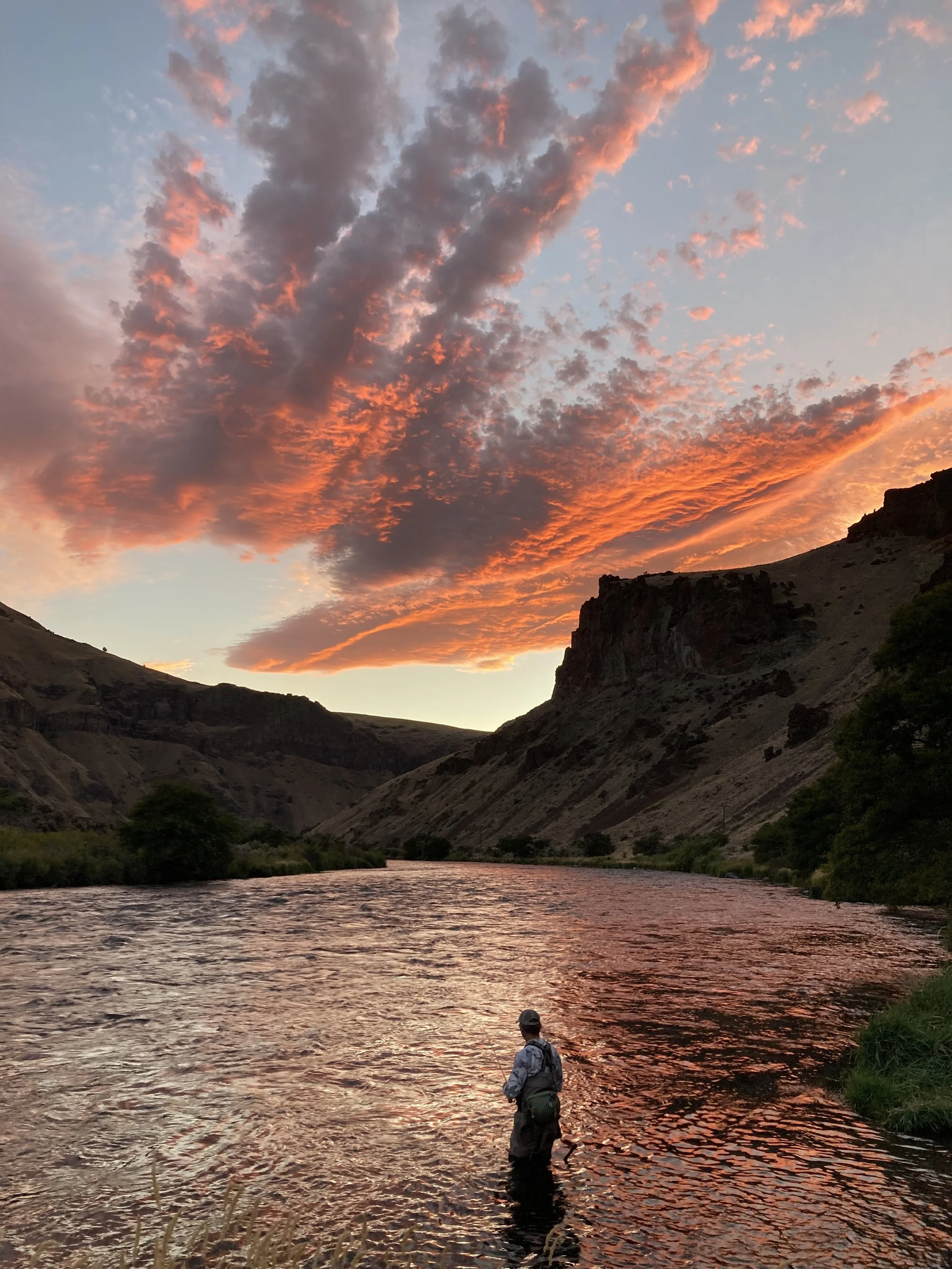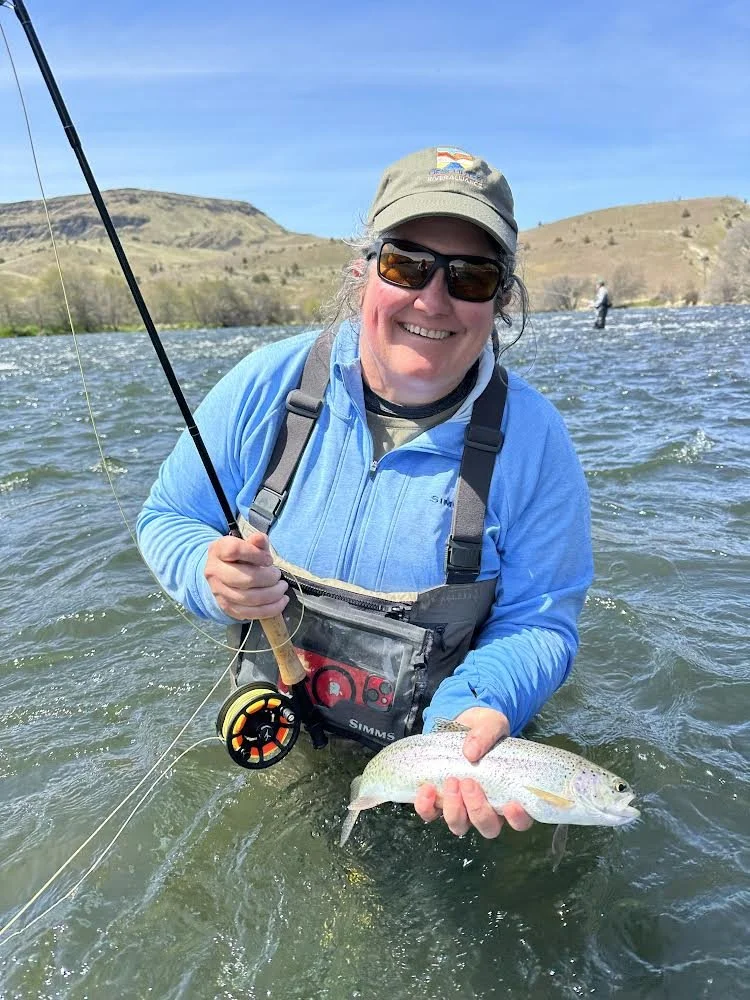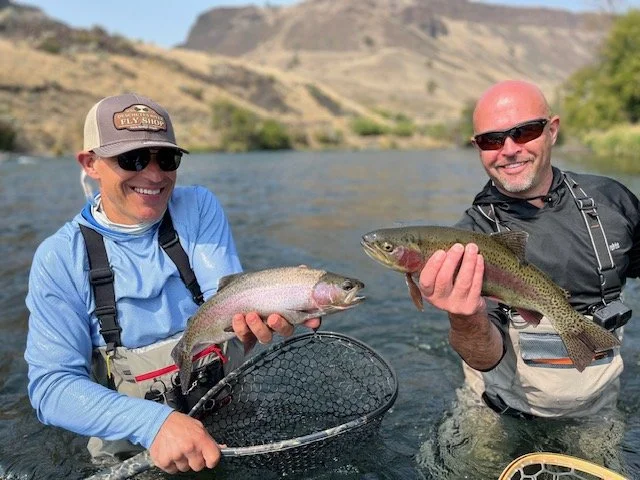An Imperiled Cold Water Refuge
Data doesn’t lie: Since Tower operations began in 2010, the Deschutes River at Moody near the mouth is warmer than the Columbia for six months out of the year. It doesn’t need to be that way.
Deschutes River’s Vital Role in the Columbia Basin
“As part of the Pelton-Round Butte Project water quality management and monitoring plan, consider the temperature effects of the selective water withdrawal tower in the Deschutes River CWR [cold water refuge]. Specifically, consider maximum sub-surface cool water blend (60%) in August and September to help maintain temperatures 18 C. when CWR use is highest.”
-From a 2021 EPA report recommending management of the Deschutes as a Cold Water refuge.
The Deschutes River Alliance expanded its water quality monitoring program this year, adding a data sonde ( water quality monitoring device) near the mouth. The data collected so far adds to concerns over temperature, and the designation of the Deschutes as a cold water refuge to aid in migration of Columbia Basin salmon and steelhead throughout their range. Over 50 daily violations of temperature standards have been recorded since May. The implications of warmer water in a designated cold water refuge ripple far beyond the mouth of the Deschutes.
Idaho’s Salmon and Steelhead Need to Cool Off
In a 2021 report, the EPA identified 23 tributary cold water refuges in the lower Columbia Basin. The agency recommended 12 of these refugia be managed to keep their waters as cool as possible, particularly during peak migration of salmon and steelhead in August and September. In the same report, EPA scientists identified the Deschutes as the most important of those designated dozen.
As sockeye, steelhead coho and chinook make their way beyond the lower Columbia, the Deschutes is the last cold-water stop as these fish swim their way east, some of them making it more than a thousand miles from the ocean, and as high as 6,000 feet in elevation. Once past the Deschutes, there’s no cold water tributaries that offer the respite that the Deschutes historically has offered. Prior to the Selective Water Withdrawal Tower, it was common for summer steelhead fishermen to encounter some of the biggest, strongest steelhead on earth, inhabitants of Idaho’s Clearwater River, the famed B-run steelhead.
Research has shown that other salmonid species also stop to cool off in the Deschutes. Unfortunately, Portland General Electric’s current management of flows are negating this vital and historic benefit.
Cooler, Cleaner H2O is Within Reach
In mid-July, PGE began mixing water from the depths of Lake Billy Chinook, lowering in-river water temperatures. But this brief reprieve from eight months out of the year of warmer water isn’t enough. Daily high temperatures at the mouth still flirt with the lethal 70 degree Fahrenheit mark. Worse, as the graph above depicts, water temperatures in the Deschutes are now warmer than the mainstem Columbia for six months out of the year. This reversal from historic norms not only puts already imperiled upriver stocks of salmonids even more at risk, as the DRA has extensively documented, it also has created a host of problems for trout, salmon and steelhead that spend some or all their lives in the lower Deschutes River.
The good news: the fix for this warm water fiasco is readily available. The DRA is advocating for a three-year trial run that would put the maximum amount of cold, clean water from the depths of Lake Billy Chinook into the lower river for all but three months of the year. Those three months would allow for surface withdrawal from the reservoir to facilitate the passage of outmigrating salmon and steelhead. With your ongoing support, there’s a path to making a a vital cold water refuge cold once again.
More From The Blog
Subscribe the the DRA Newsletter
The Deschutes River Alliance is your focused voice to protect the lower Deschutes River, its cold water flows and the fish and wildlife that are sustained by them. We send regular emails with important data and news about the lower Deschutes River. We will not sell your contact information to others.
How to Support the DRA
Everyone wants clean, healthy water in the Deschutes River. Oregonians cherish our clean and healthy waterways to provide drinking water, wildlife habitat and recreational activities. The lower Deschutes River is a federally designated Wild & Scenic River, and a national treasure. It must be protected for the environmental and economic health of Central Oregon. By working together we can return the lower Deschutes River to full health.














